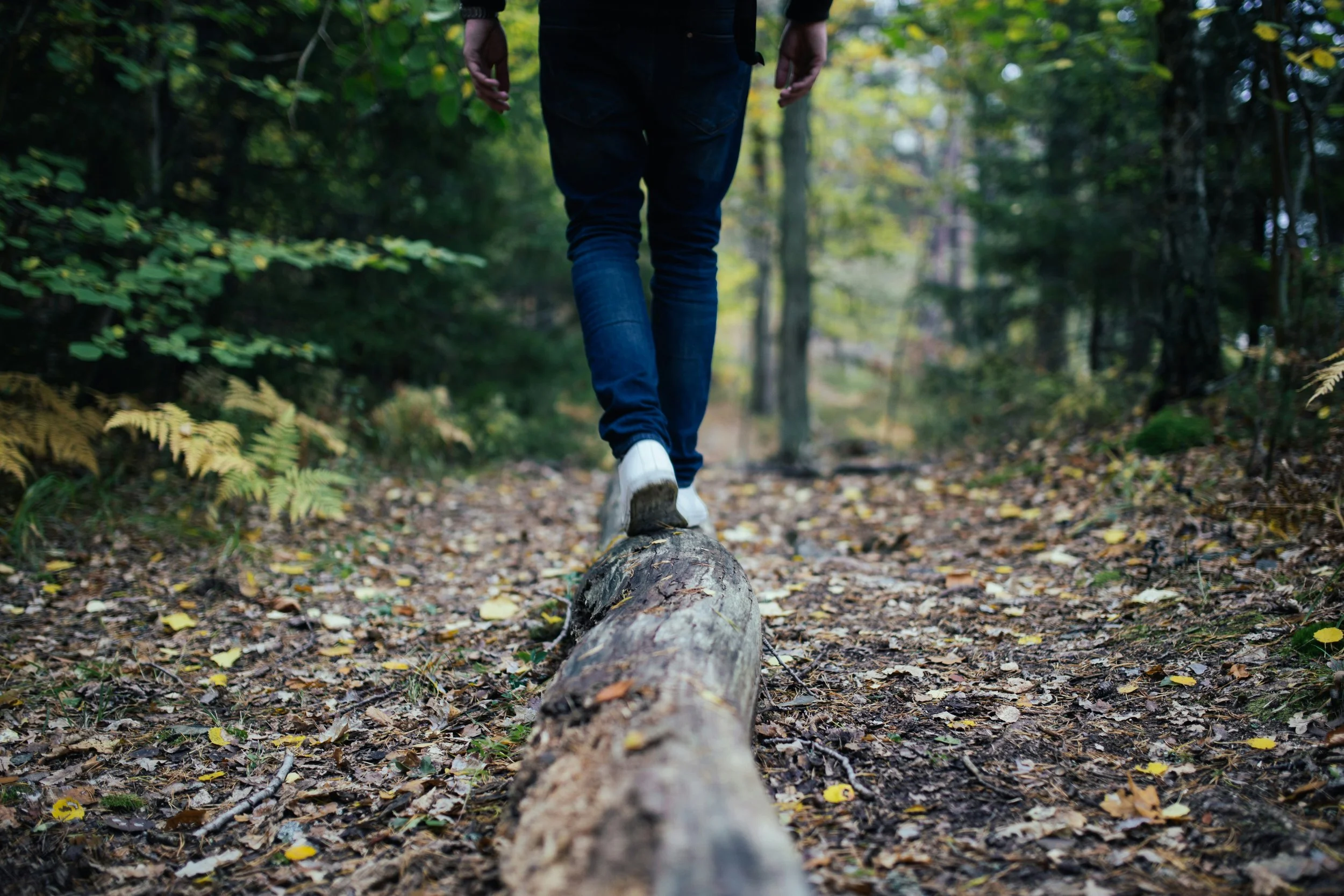nature as a healing tool
April is Earth Month in Canada, with Earth Day being celebrated annually on April 22nd. This month and every month is a perfect time to incorporate nature into our healing journeys, as there is a strong connection between our environment and our mental health.
Alongside the benefits, however, are growing societal concerns surrounding climate change and the environment, which can have psychological impacts. It’s important to find ways to calm our fears, while also recognizing the strengths that nature can provide us for our mental (and physical) wellbeing.
Eco-Anxiety
Eco-anxiety is a newer term used to describe chronic fear of environmental issues and climate change. This is not a clinical diagnostic term, but rather a way of describing this growing societal phenomenon.
Climate change can affect our mental health not only through indirect methods, including worry and anxiety, but also directly, through trauma from natural disasters or displacement.
This can impact people of any age, and from any walk of life. Individuals from vulnerable groups (such as children, seniors, or those with pre-existing mental health diagnoses) can be at greater risk of experiencing negative impacts to their mental health from environmental fears. Additionally, eco-anxiety has been growing, especially in youth and young adults – even without direct exposure to natural disasters.
Individuals can feel a sense of helplessness and overwhelm when faced with eco-anxiety, for several reasons:
Growing research on the environment;
Increased awareness of climate issues in school, in the news, and on social media;
Visibility of natural disasters around the world on TV/online (e.g. videos of fires, earthquakes, or hurricanes).
In youth and adults alike, signs can include:
Increased worry;
Fear of the future;
Sleep difficulties;
Activism burnout.
Whether we feel eco-anxiety ourselves, or we want to support a loved one or child who is, there are a few ways to help:
Validate the emotions behind these fears;
Empower one another through small, achievable goals that have a real impact (such as gardening, joining in a community clean-up effort…);
Highlight examples of progress seen around the world ;
Therapeutic tools that can help bring us back into the present moment (like grounding exercises, mindfulness, or journalling).
Nature as a Healing Tool
Spending time in nature lowers cortisol (our stress hormone), improves our mood, helps us sleep better, and increases focus. Access to green spaces is linked to lower levels of anxiety and depression, and improves feelings of social connectedness.
One study, in particular, found that after a 90 minute walk in nature, participants reported a decrease in rumination; an fMRI scan even showed decreased activity in the areas of our brain associated with stress and depression. This research supports the idea of taking “green breaks” for our mental health – meaning, taking short breaks throughout your day to get some fresh air.
Luckily, there are endless ways to incorporate nature into our toolkit for improving our mental and physical health! To start, however, here are some ideas for including the environment in our healing process:
Taking a walk outside on lunch breaks, after meals, or whenever you can fit one in!
Bringing plants into your living space or office desk, to promote mindfulness (and improve your air quality)!
Try gardening to decrease stress and build a sense of purpose.
Get more sunlight, especially first thing in the morning, to improve your mood, sleep, and energy levels.
Practice mindfulness, meditation, or journalling outdoors whenever possible, to ground yourself and feel connected to the earth.
Listen to nature sounds, which can be calming, help with falling asleep, and improve focus.
Plan nature-based trips or activities to do with family or friends, such as going for a hike, checking out a local greenhouse, or heading to the beach; as a weekly part of your schedule, this is also a great way to detox from your devices!
Instead of the gym, try exercising outdoors to incorporate even more time outdoors. This can include biking, running outside instead of on the treadmill, or doing yoga in the park.
If you find that your distress is difficult to manage, consider reaching out – whether to a trusted friend, or to a therapist, doctor, or other health professional to help you through this.
Overall, despite climate change being a potential source of worry and fear for some, nature can still be a strong force for healing. This April, we can be inspired by Earth Month to appreciate our surroundings, through slowing down and smelling the roses. We can take small, actionable steps to help the environment – and also let the environment help us in return!
References
American Psychological Association. (2017). Mental health and our changing climate. https://www.apa.org/news/press/releases/2017/03/mental-health-climate.pdf
Bratman, G. N., Hamilton, J. P., Hahn, K. S., Daily, G. C., & Gross, J. J. (2015). Nature experience reduces rumination and subgenual prefrontal cortex activation. Proceedings of the National Academy of Sciences, 112(28), 8567-8572.
Frumkin, H., Bratman, G. N., Breslow, S. J., Cochran, B., Kahn Jr, P. H., Lawler, J. J., ... & Wood, S. A. (2017). Nature contact and human health: A research agenda. Environmental Health Perspectives, 125(7), 075001.
Hayes, K., Blashki, G., Wiseman, J., Burke, S., & Reifels, L. (2018). Climate change and mental health: Risks, impacts and priority actions. International Journal of Mental Health Systems, 12, 1-12.
World Health Organization. (2016). Urban green spaces and health: a review of evidence. https://www.who.int/europe/publications/i/item/WHO-EURO-2016-3352-43111-60341

